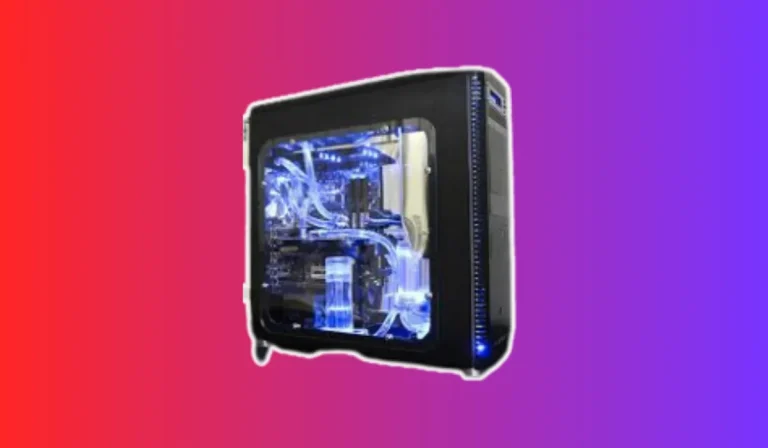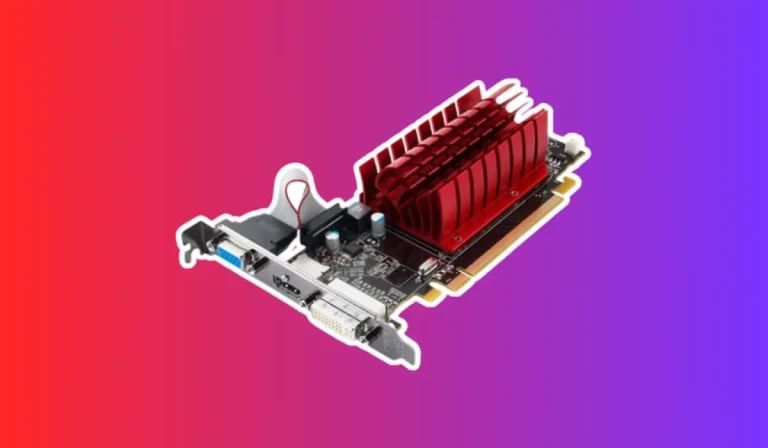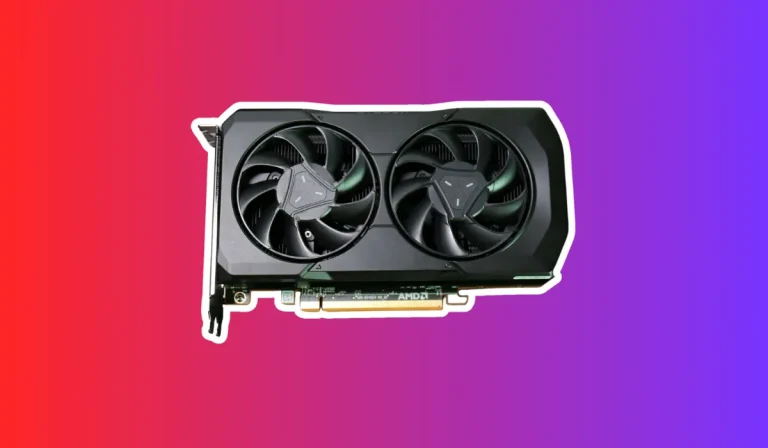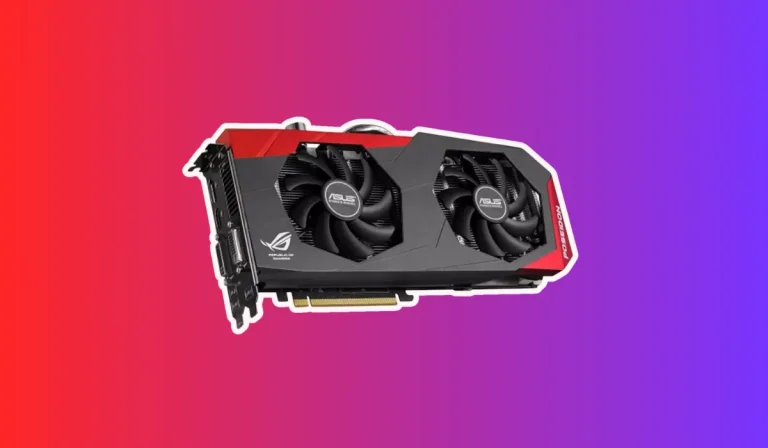Can your motherboard bottleneck your GPU and CPU?
Have you ever wondered why your computer’s performance sometimes feels sluggish, even with powerful components? This could be due to a phenomenon called “bottlenecking.”
CPU Bottlenecks and Motherboard Impact
Can a motherboard impact CPU performance and cause bottlenecks?
Yes, the motherboard can affect CPU performance and potentially lead to bottlenecks. The motherboard acts as the communication hub for all the components in your system, including the CPU. It provides the necessary connections and pathways for data transfer between the CPU and other hardware components such as RAM, storage devices, and expansion cards.
If the motherboard’s design or specifications are not capable of supporting the CPU’s full potential, it can result in a bottleneck. For example, if the motherboard has limited power delivery capabilities or an outdated socket type that doesn’t support the CPU’s requirements, the CPU may not be able to operate at its maximum performance.
How to determine if your CPU is being bottlenecked by the motherboard?
To determine if your CPU is being bottlenecked by the motherboard, you can monitor the CPU usage and performance while running demanding tasks or applications. If you notice that the CPU usage is consistently high, reaching close to 100%, while other components are not fully utilized, it could be an indication of a CPU bottleneck.
Additionally, you can check the specifications and compatibility of your CPU and motherboard. Ensure that the motherboard’s socket type, power delivery capabilities, and supported CPU generation align with your CPU’s requirements. If there is a significant mismatch or limitation, it could be contributing to a CPU bottleneck.
Solutions and tips to mitigate CPU bottlenecks caused by the motherboard
If you find that your CPU is being bottlenecked by the motherboard, there are a few steps you can take to mitigate the issue:
Upgrade your motherboard: Consider upgrading to a motherboard that is better suited for your CPU. Look for a motherboard with a compatible socket type, power delivery system, and support for the specific generation of your CPU.
Optimize BIOS settings: Ensure that your motherboard’s BIOS settings are properly configured to maximize CPU performance. This may include adjusting power management settings, enabling XMP profiles for RAM, or updating the BIOS to the latest version.
Check for driver and firmware updates: Keep your motherboard’s drivers and firmware up to date. Manufacturers often release updates that can improve compatibility and performance.
GPU Bottlenecks and Motherboard Impact
Can a motherboard impact GPU performance and cause bottlenecks?
Yes, the motherboard can impact GPU performance and result in bottlenecks. The motherboard acts as a bridge between the GPU and other components, such as the CPU, RAM, and storage devices. It provides the necessary connections and bandwidth for data transfer between these components.
If the motherboard’s design or specifications do not support the GPU’s requirements, it can create a bottleneck. For example, if the motherboard has limited PCIe (Peripheral Component Interconnect Express) lanes or an outdated version that cannot provide sufficient bandwidth to the GPU, it can hinder the GPU’s performance.
How to identify if your GPU is being bottlenecked by the motherboard?
To identify if your GPU is being bottlenecked by the motherboard, you can monitor the GPU usage and performance while running graphics-intensive tasks or applications. If you notice that the GPU usage remains low or fluctuates significantly, while the CPU or other components are not fully utilized, it could be an indication of a GPU bottleneck caused by the motherboard.
Additionally, you can cross-reference the specifications and compatibility of your GPU and motherboard. Ensure that the motherboard supports the appropriate PCIe version and has enough PCIe lanes to accommodate the GPU’s bandwidth requirements. If there is a mismatch or limitation, it could contribute to a GPU bottleneck.
Ways to address GPU bottlenecks resulting from the motherboard
If you suspect that your GPU is being bottlenecked by the motherboard, here are a few steps you can take to address the issue:
Upgrade your motherboard: Consider upgrading to a motherboard that is better suited for your GPU. Look for a motherboard with the appropriate PCIe version and ample PCIe lanes to support the GPU’s bandwidth needs.
Optimize BIOS settings: Ensure that your motherboard’s BIOS settings are properly configured to optimize GPU performance. This may involve enabling features like PCIe Gen 3/4 support, adjusting power settings, or updating the BIOS to the latest version.
Check for driver updates: Keep your motherboard’s drivers up to date. Manufacturers often release updates that can improve compatibility and performance.
Overcoming Bottlenecks: Motherboard Considerations
Compatibility and Socket Type
One crucial aspect is ensuring compatibility between your motherboard and the CPU or GPU you plan to use. Check if the motherboard supports the specific socket type required by your processor. Different generations and models of CPUs and GPUs may have varying socket requirements, so it’s crucial to choose a motherboard that aligns with the components you intend to use.
Power Delivery and VRM
The power delivery system on a motherboard plays a significant role in providing stable and adequate power to your CPU and GPU. A robust power delivery system, often indicated by a higher number of power phases and quality VRMs (Voltage Regulator Modules), can enhance component performance and reduce the likelihood of bottlenecks. When selecting a motherboard, consider the power requirements of your CPU and GPU and ensure that the motherboard’s power delivery system can handle the load.
Expansion Slots and Connectivity
Expansion slots, such as PCIe slots, are essential for connecting additional components like GPUs, sound cards, or network cards. If you plan to use multiple GPUs or other expansion cards, ensure that the motherboard has enough and appropriately spaced expansion slots to accommodate them. Additionally, consider the connectivity options provided by the motherboard, such as USB ports, SATA connectors, and M.2 slots, to ensure they meet your requirements.
Memory Support and RAM Slots
The motherboard’s support for memory modules and the number of available RAM slots can impact system performance. Check the maximum memory capacity and support speeds of the motherboard. If you require ample RAM for memory-intensive tasks, ensure that the motherboard can accommodate the desired amount and speed of RAM modules.
FAQ’s
1. Can a motherboard bottleneck my GPU or CPU?
Yes, it is possible for a motherboard to cause bottlenecks on your GPU or CPU. The motherboard’s design, specifications, and compatibility with the components can impact their performance.
2. How do I know if my motherboard is causing a bottleneck on my GPU or CPU?
You can identify potential bottlenecks by monitoring the performance of your GPU and CPU while running demanding tasks. If you notice that the GPU or CPU usage remains low or fluctuates significantly while other components are not fully utilized, it could indicate a bottleneck caused by the motherboard.
3. What factors should I consider in a motherboard to prevent bottlenecks on my GPU or CPU?
To prevent bottlenecks, consider factors such as compatibility with your GPU and CPU, the socket type required by your components, power delivery and VRM quality, expansion slots and connectivity options, and memory support and RAM slots.
4. Can upgrading my motherboard resolve bottlenecks on my GPU or CPU?
Yes, upgrading your motherboard to a model that better supports your GPU and CPU can potentially resolve bottlenecks. Ensure that the new motherboard has the necessary specifications, such as appropriate PCIe versions, ample power delivery, and expansion slots, to optimize the performance of your components.
5. Are there any BIOS settings I should configure to minimize bottlenecks on my GPU or CPU?
Optimizing BIOS settings can help minimize bottlenecks. Ensure that features like PCIe Gen support are enabled, power settings are properly configured, and the BIOS is up to date. These settings can enhance compatibility and performance between your motherboard, GPU, and CPU.
Conclusion
The performance of your GPU and CPU can be impacted by the motherboard. Bottlenecks can occur if the motherboard’s design, specifications, or compatibility do not meet the requirements of these components.





